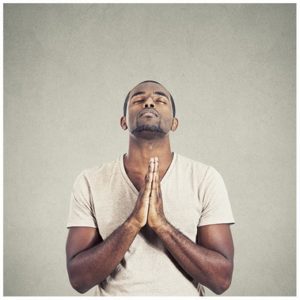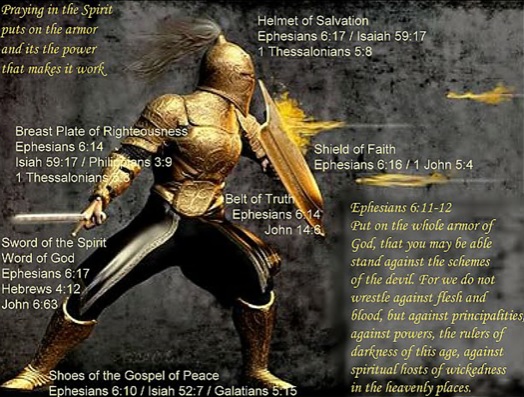How the rainbow became the symbol of LGBT pride
Genesis chapter 9:
8And God spake unto Noah, and to his sons with him, saying, 9And I, behold, I establish my covenant with you, and with your seed after you; 10and with every living creature that is with you, of the fowl, of the cattle, and of every beast of the earth with you; from all that go out of the ark, to every beast of the earth. 11And I will establish my covenant with you; neither shall all flesh be cut off any more by the waters of a flood; neither shall there any more be a flood to destroy the earth. 12And God said, This is the token of the covenant which I make between me and you and every living creature that is with you, for perpetual generations:
13I do set my bow in the cloud, and it shall be for a token of a covenant between me and the earth. 14And it shall come to pass, when I bring a cloud over the earth, that the bow shall be seen in the cloud: 15and I will remember my covenant, which is between me and you and every living creature of all flesh; and the waters shall no more become a flood to destroy all flesh. 16And the bow shall be in the cloud; and I will look upon it, that I may remember the everlasting covenant between God and every living creature of all flesh that is upon the earth. 17And God said unto Noah, This is the token of the covenant, which I have established between me and all flesh that is upon the earth.”
…But why rainbows, of all symbols? Why not other color combinations? Why a color combination at all, and not some kind of shape as a logo instead?
The LGBT pride flag was invented in 1978 by Gilbert Baker, a gay rights activist, army veteran, artist, and self-styled “gay Betsy Ross.” (Baker died in March of this year.) He made the flag for the Gay Freedom Pride Parade that year in San Francisco, at the request of Harvey Milk, a gay city politician who was assassinated later that year.
The symbol took hold immediately.
“We stood there and watched and saw the flags, and their faces lit up,” Cleve Jones, an LGBT rights activist present at the parade, told The New York Times. “It needed no explanation. People knew immediately that it was our flag.”
The flag has changed over the years. The contemporary version has six colors, but the original had eight. Each color had its own symbolic meaning.
- Pink — Sex
- Red — Life
- Orange — Healing
- Yellow — Sunlight
- Green — Nature
- Turquoise — Magic
- Blue — Peace
- Violet — Spirit
By 1979, the flag has since collapsed to six colors — for practical reasons. Pink dye was prohibitively expensive, and blue and turquoise were “merged” into royal blue. With six colors, the flag could still be evenly split to line two sides of the street for a march in protest of Milk’s assassination in 1979.
“One of the reasons I had to adapt the eight-color version to the six-color version of the flag — the one we use today — is because in 1978 eight colors was expensive,” Baker told the Museum of Modern Art. “Even to do four-color printing for photographs like this was complicated. I realized I would have to make some compromises in order for this to really function as a symbol.”
Closeted gay people have also historically used bright colors to signal their homosexuality to each other, as Forrest Wickman wrote in Slate. Oscar Wilde wore a green carnation, and yellow served the same purpose in Australia, and purple provided that function in some communities in the United States. During the Holocaust, Nazis forced gay men to wear pink triangles as a symbol of sexual deviance.
The rainbow flag was a way of taking these various colors and turning them into a coherent symbol, reclaimed by the LGBT community. As Baker told MOMA:
“It was necessary to have the Rainbow Flag because up until that we had the pink triangle from the Nazis — it was the symbol that they would use [to denote gay people]. It came from such a horrible place of murder and holocaust and Hitler. We needed something beautiful, something from us. The rainbow is so perfect because it really fits our diversity in terms of race, gender, ages, all of those things.”
The rainbow also has some pop culture significance for the LGBT community. Judy Garland, the star of “The Wizard of Oz,” has a large following as a gay symbol, and is famous for singing “Somewhere Over the Rainbow” in the movie.
Baker’s rainbow pattern has since moved on from just flags. It’s used to symbolize solidarity with LGBT movements. When the United States Supreme Court struck down part of the Defense of Marriage Act in 2013, the Empire State Building lit up in rainbow colors. And when the Supreme Court established the legality of gay marriage nationwide in 2015’s Obergefell v. Hodges case, the White House also showed its rainbow stripes.

